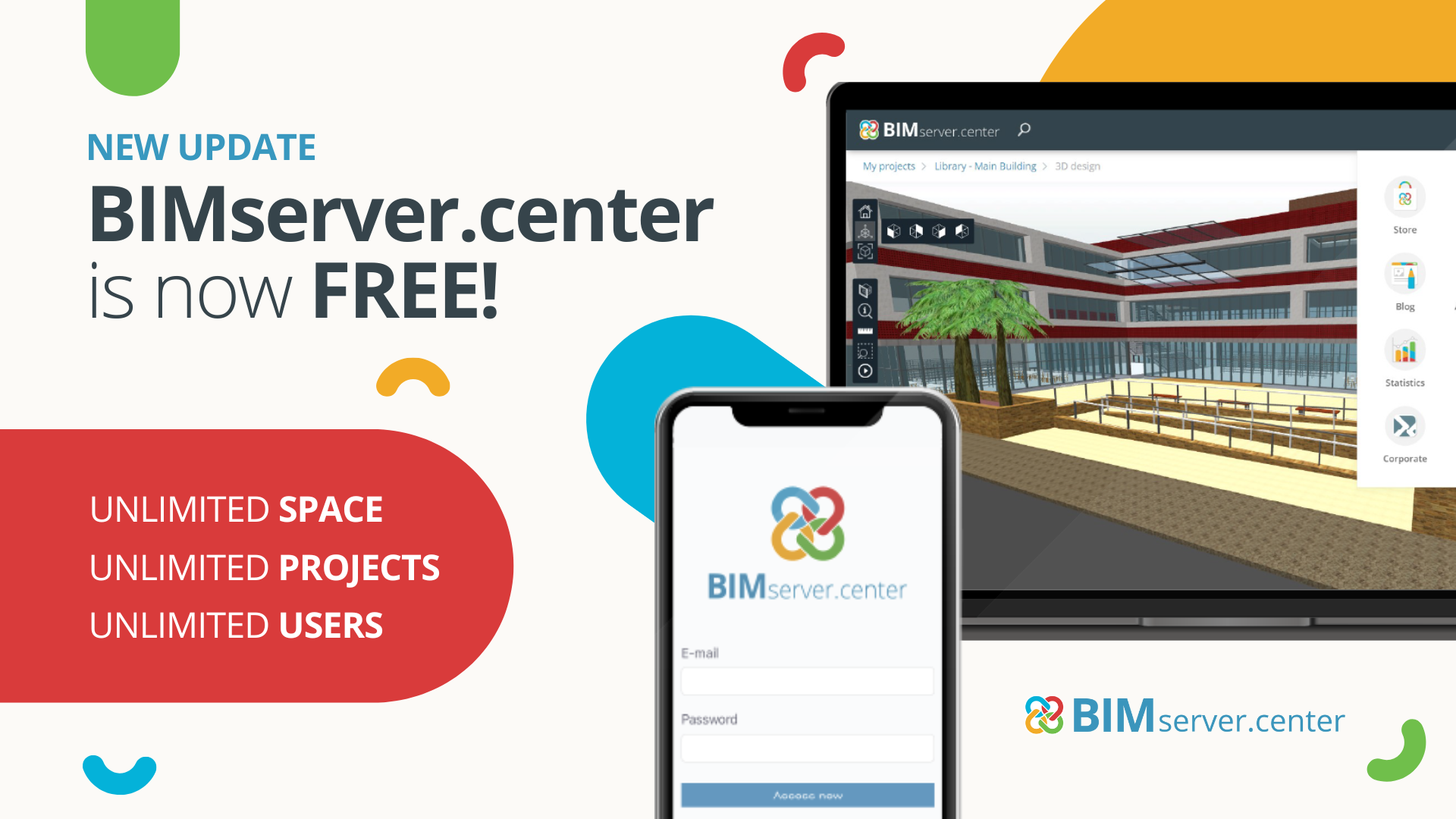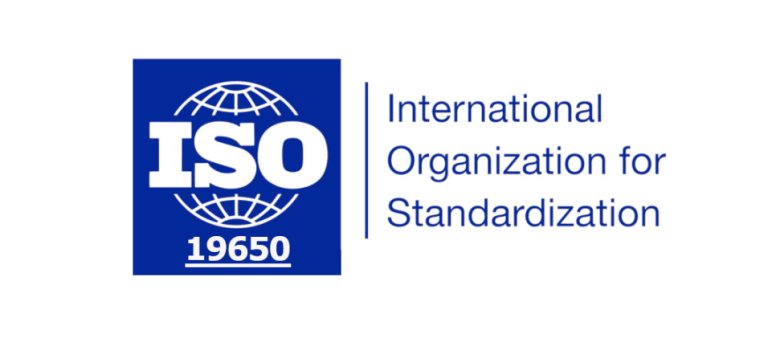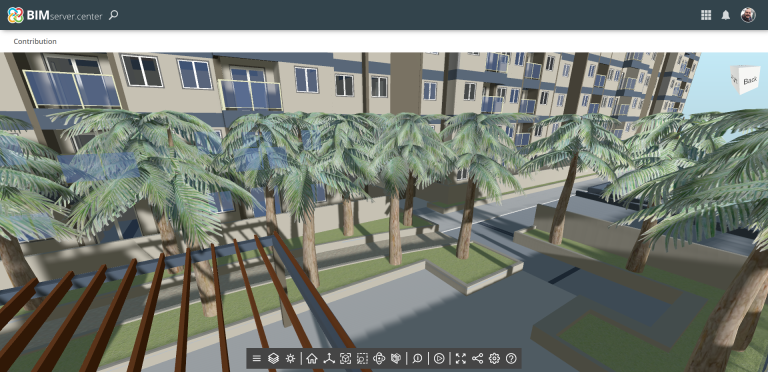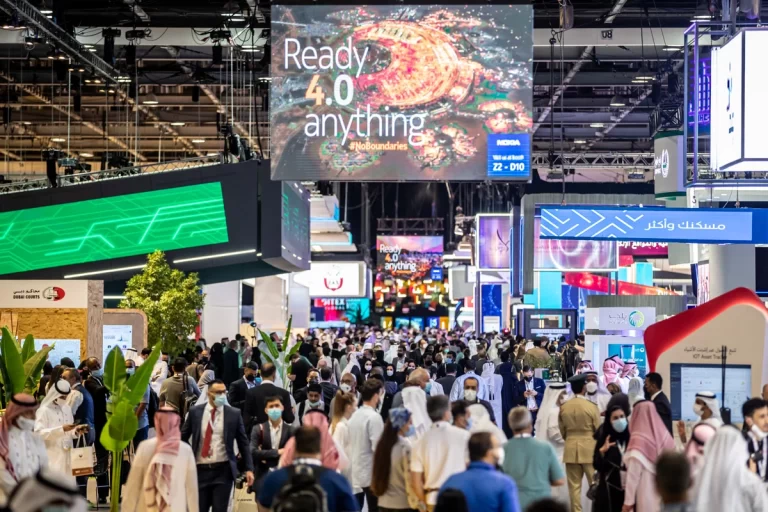From BIMserver.center we have just launched the application that allows the possibility of viewing the projects hosted on our platform in virtual reality. This way, BIMserver.center now offers all users the chance to view their work in both augmented reality and virtual reality, placing a set of state-of-the-art digital solutions into their hands that will allow them to improve their projects, become more efficient, and reduce the margin of error.
Therefore, we will now describe some of the characteristics belonging to these two "realities", analyse in which project phases their use is most appropriate, and understand how they can help us in our professional work.
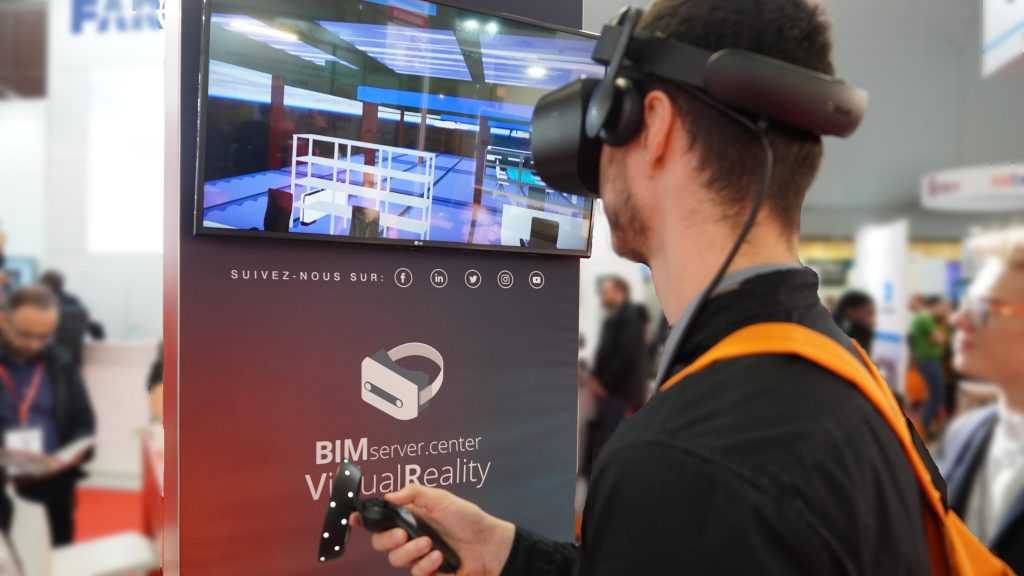
Virtual reality: an immersive experience
Virtual reality is a technology that allows users to interact with an environment existing only through computers. This requires the use of special devices, such as virtual reality glasses, so users can experience the feeling of being inside what they see.
Popular in sectors such as video games, and increasingly more present in health, manufacturing, or logistics, the construction and building sector is gradually integrating virtual reality into its digital transformation process. Among the key uses of this technology in construction we can find:
- Virtual reality is very useful during both project phases and housing development phases, as it allows designers, builders, and clients to simulate and visualise a realistic environment throughout the entire project prior to its construction.
- It is an excellent presentation and assignment resource. Virtual reality allows developers and real estate firms to show their potential buyers properties and make their first contact with them through an immersive virtual reality visit, where they can see 100% of each room according to their interests.
- Fault detection. Unexpected problems arise during the construction phase. Virtual reality allows project plans to come to life, easing the visualisation of the entire full-sized building from any angle, and even the possibility of exploring every inch of it to detect hidden problems.
- Better coordination between participating technicians. Team members can meet in a virtual room, regardless of their location, and overcome all physical constraints by improving communication at work.
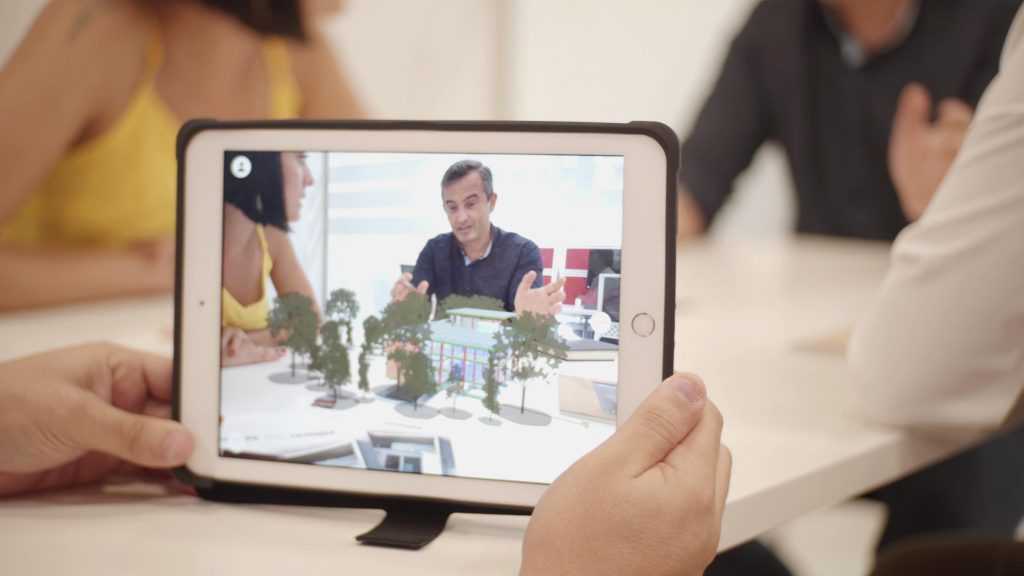
Augmented reality: a better understanding of the project
Augmented reality can be used throughout all phases, making a special impact when the project has already begun. Thanks to this, and through the use of smartphones or tablets, technicians can merge technical documentation and 3D models with real-time images of the project, superimposing different layers on reality that will help us do a better job.
Some advantages of augmented reality (you can find more information in our post “Exploring the uses and benefits of augmented reality in the AEC sector") in the construction sector are:
- Problem anticipation. In the project phase, augmented reality helps to improve project quality and problem anticipation.
- Better project comprehension. Augmented reality provides a more accurate view of what is being built, as well as the material’s layers and the installations. Through augmented reality, construction site workers have a solution that facilitates the construction process and reduces the possibility of errors.
- Easier planning. Augmented reality makes comparing the structure’s reality with the planning information included in the project a possibility as it allows the visualisation of 3D models before and during the construction process. This eases planning, prevents errors, and reduces construction costs.
- Simulations. Augmented reality makes it easier to simulate processes such as the spread of fires, evacuation processes, human transit flows, etc.
- Improved quality control. Augmented reality also offers many benefits in the on-site inspection phase, as those responsible can anticipate possible inconsistencies before they occur. This way, it is possible to check geometries and access in situ information, and it can even be used in maintenance work to avoid, for example, drilling through an air conditioning unit.
- Promotion and marketing. Augmented reality is also an interesting option when it comes to promoting and selling projects due to it being suitable as an accessible and affordable marketing tool because it can be used on mobile devices and does not depend on other solutions such as virtual reality glasses.
Work issues with the BIMserver.centre app
Augmented reality use can also be combined with other tools available in the BIMserver.center app as there is a direct communication amongst them between "field and model", which enhances the solutions available to designers in order to improve their projects.
Among these possibilities is the connection with the Open BIM Model Checker (Clash Detection) application, thanks to which issues can be entered into the BIMserver.center app and sent to the rest of the construction professionals involved in a project, who can view problems in augmented reality and understand the issues better.


